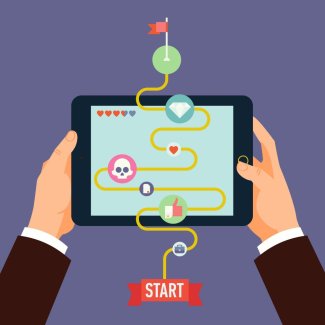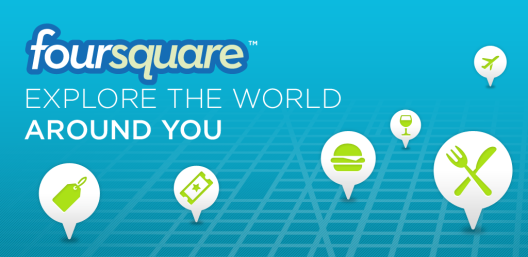Gamification is an umbrella term that is used to explain when video game elements are used within non-gaming systems to improve user experience as well as user engagement (Deterding et al, 2011).
In recent years there have been expanding pieces of literature that focuses on the use and explanation of Gamification. Huotari and Hamari (2012) highlight the role of Gamification and how it invokes the same psychological experiences that you come into contact with when playing games. However, Deterding et al (2011) emphasizes that the affordances that have been implemented in gamification have to actually be the same as the ones used in games, no matter what the outcome is.

Gamification has become one of the hardest theories to understand, this is mainly due to the fact that its relatively new and only now are researchers tapping in to what it actually means. Some have mentioned the use of different game elements that can be applied within real world processes. These elements include; Components, Mechanics, and Dynamics (Werbach & Hunter, 2012), and within these three headers there are a selection of different processes that you can choose in order to create your ‘Game of Life’. For components these range from the likes of; Achievements and Avatars to leaderboards and levels (Werbach & Hunter, 2012). Whereas the Mechanics involve challenges or competition which draw in the player more (Werbach & Hunter, 2012). Finally, we have the Dynamics which offer the likes of Emotions, Relationships or a Narrative (Werbach & Hunter, 2012).
When these three sections are used in conjunction with each other then it can lead to some interesting and new games or processes that can be used within the real world. One main example of a process in everyday life that has been gamified comes from the likes of foursquare. Within this you could travel to specific locations for example a coffee shop or park monument, then you can choose to ‘check in’. However, if you are the leader due to the amount of check ins you have, then you can gain certain bonuses depending on where you are. This meant that an everyday process was transformed into something that was seen as being fun.

In the end, we have found a new way to make our everyday processes fun for all to enjoy. Whether its visiting a Café or going out for a walk, try and think of how these events have become gamified. You’ll be surprised.
References
Deterding, S., Dixon, D., Khaled, R., & Nacke, L. (2011). From game design elements to gamefulness: defining gamification. In Proceedings of the 15th International Academic MindTrek Conference: Envisioning Future Media Environments (pp. 9-15). Tampere, Finland: ACM.
Deterding, S., Sicart, M., Nacke, L., & Dixon, D. (2011). Gamification: Using Game Design Elements in Non-Gaming Contexts. Proceedings of the International Conference on Human Factors in Computing Systems (pp. 2425-2428). Vancouver: International Conference on Human Factors in Computing Systems.
Huotari, K., & Hamari, J. (2012). Defining Gamification: a service marketing perspective . In Proceedings of the 16th International Academic MindTrek Conference (pp. 17-22). Tampere, Finland: ACM.
Werbach, K., & Hunter, D. (2012). For the Win: How game thinking can revolutionize your business. Philadelphia: Wharton Digital Press.
